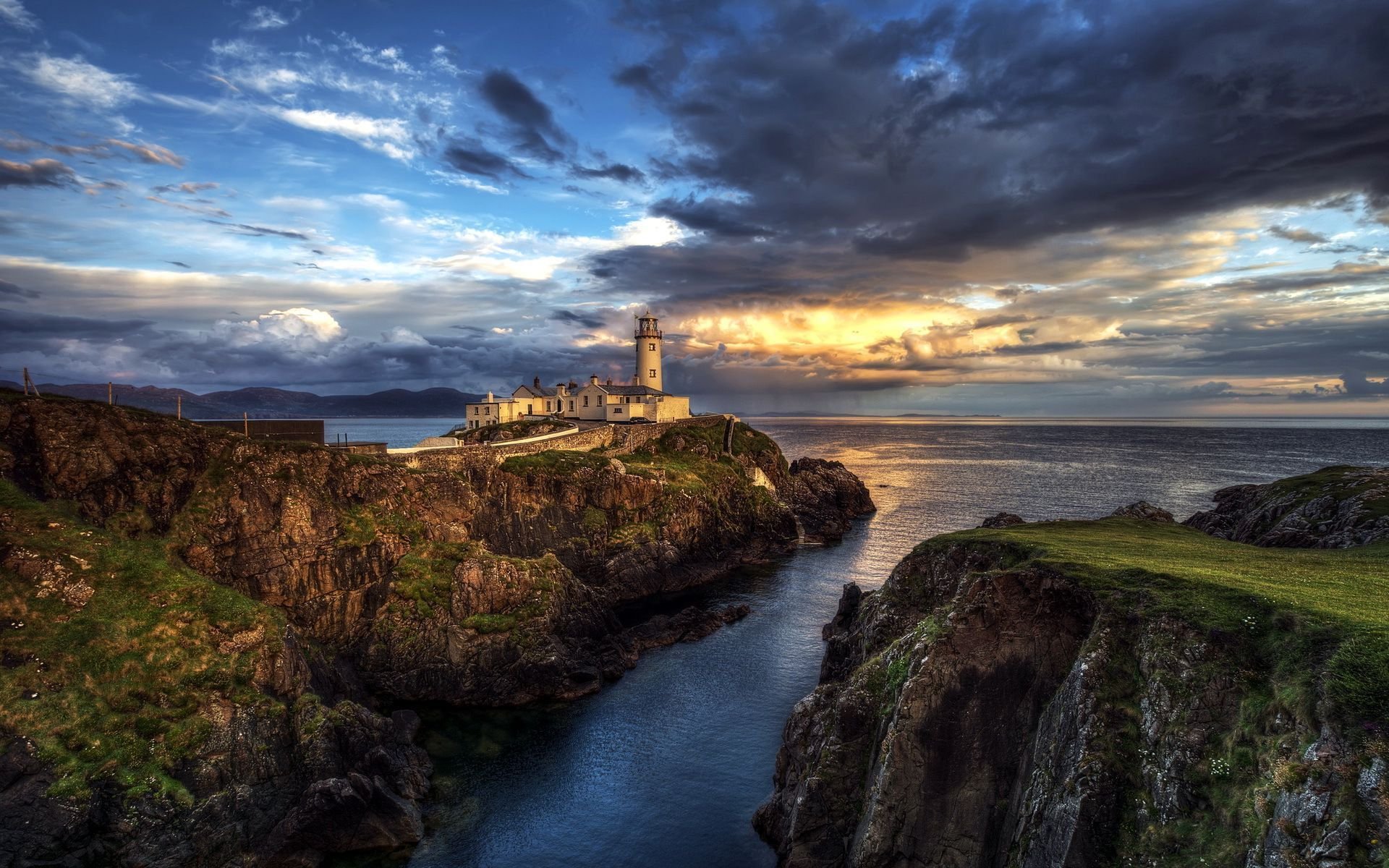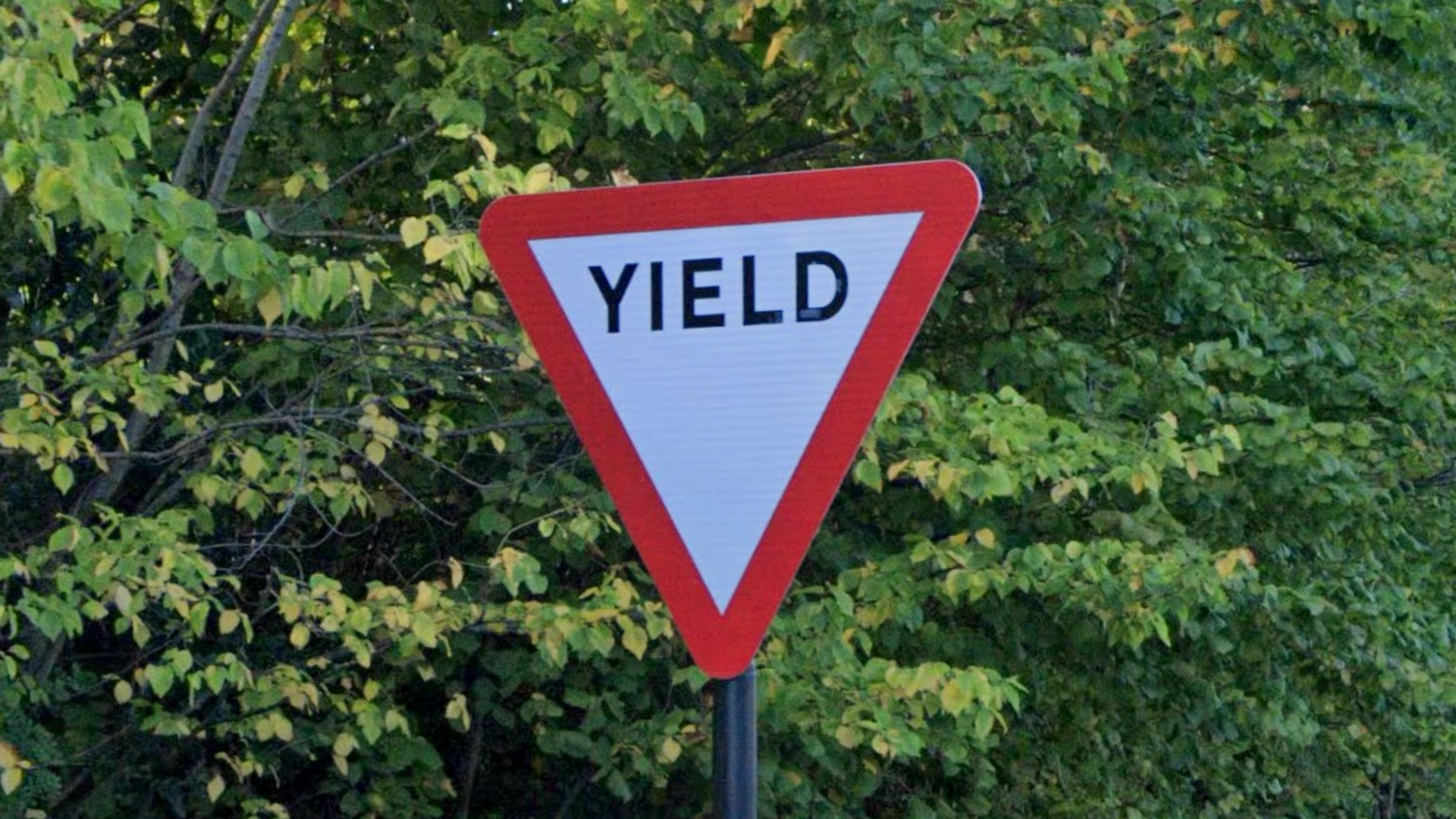
Ireland
Step 1.1 - Different from the UK
Important note: The following information is not commonly shared with the UK. While there are occasional similarities, these tips are used to identify Ireland rather than the UK.
The yellow warning stickers on utility poles can be a good way to distinguish between Ireland and the UK.
The most important difference is that UK stickers feature a guy getting zapped by a lightning bolt.
The Irish stickers usually have a lightning bolt, but lack the guy getting zapped. They also often have an extra second rectangular sticker with a black outline, below the lightning bolt.
Rural metal gates with rounded corners are very common in Ireland.
NOTE: This is mainly useful to distinguish it from the UK, where similar gates typically have square corners. However, gates in Northern Ireland also typically have rounded corners.
You will often see a strip of grass in the middle of tiny rural roads. Such roads are called “boreens”. While not unique, these boreens can often be a strong clue in a tough 50-50 between Ireland and the UK.
Step 1.2 - Similar to the UK
Important note: The following information is commonly shared with the UK. While there are occasional differences, these tips are used to identify both countries.
In and around urban areas, you will sometimes encounter double yellow road lines on the sides of marked roads. These indicate a no parking zone, and are also very common in the UK. They are not really found anywhere else in Europe apart from Malta, but landscape should be sufficient to tell it apart.
Irish regional roads have 3-digit road numbers. The first digit of these road numbers gives you a general region within the country (see the infographic).
A good mnemonic to remember the rough location of each region: the numbers go in an anti-clockwise direction around the island, starting in Dublin.
Two important notes:
There is some overlap between numbers at the borders of each region, as well as some rare exceptions
Roads starting with 8 or 9 are newer roads that are mostly not limited to a certain region (though about half of the 8s are in the Dublin metro area).
If a very small rural road has Generation 4 coverage and is located in an unusually hilly landscape, you are likely to be in Donegal.
Note that this meta only applies to the smallest roads: thin, without road lines, and sometimes with grass in the middle. This type of coverage is also not exclusive to Donegal, it is just likely to be there.
One noteworthy area in the east is the Wicklow Mountains, just south of Dublin. They can look deceptively similar to the western coastal mountains. It can be very hard, if not downright impossible to distinguish these two areas.
Two things to look out for:
You will never see the coast from the Wicklow mountains.
Like Donegal, its small roads are mostly covered with Generation 4 instead of the Generation 2 that is more typically associated with small roads in the west.
An electrical vehicle (EV) with a Generation 4 camera was used to cover most of Eastern Ireland and parts of the Northwest. The back of the EV is visible in all this coverage: it is grey with a black semicircle.
Note that not all Generation 4 coverage in and around Dublin is made with this car. A considerable amount still has the regular blue Generation 4 car.
The area in and around Burren National Park is characterised by a unique karst landscape consisting of exposed grey limestone rocks.



























